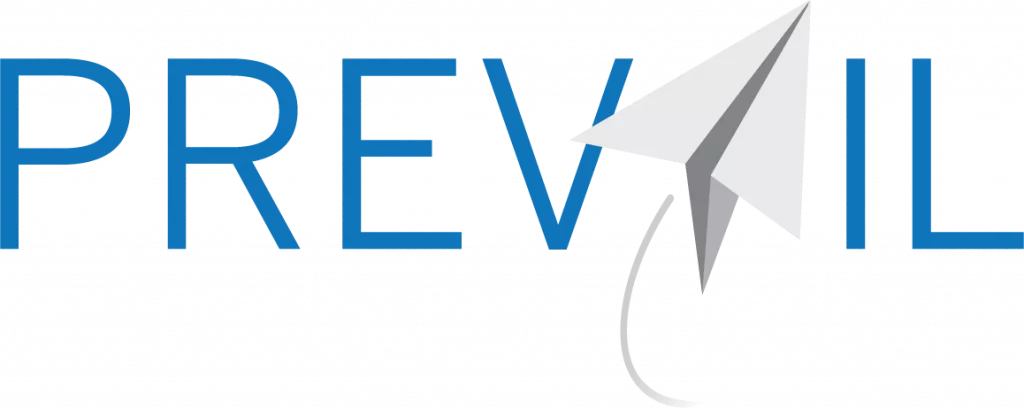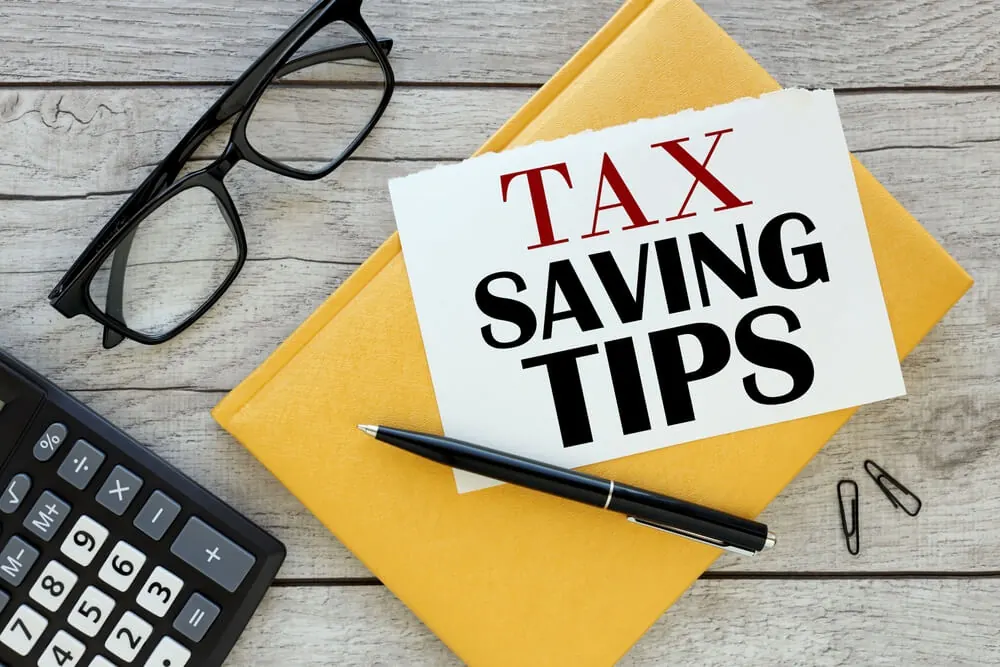Taxes are an inevitable part of investing, but with the right strategies, you can minimize the amount owed and keep more of your hard-earned money working for you. Tax-free investments offer a way to earn returns without owing taxes on the growth or income generated, allowing your wealth to compound more efficiently over time. Let’s take a closer look at some popular options for tax-free investing.
Municipal Bonds
One of the most well-known tax-free investments, municipal bonds (or “munis”) are debt securities issued by state and local governments to fund public projects like infrastructure, schools, and hospitals. The interest income earned from munis is typically exempt from federal income taxes. And if you reside in the state or locality issuing the bonds, you may avoid state and local taxes too – providing a double tax advantage.
Munis come in two main varieties: general obligation bonds backed by the full faith and credit of the issuing state/municipality and their tax revenues, and revenue bonds funded through user fees from utilities, tolls, and other public services. Their credit quality ranges from AAA-rated to non-investment grade “junk” bonds, with higher ratings fetching lower but safer yields.
To gain exposure to munis, investors can buy individual bond issues and hold them to maturity, ensuring predictable tax-free interest payments and return of principal. Bond laddering, or structuring a portfolio with staggered maturity dates, helps even out interest payments.
Tax-Advantaged Accounts
Another avenue is investing through tax-advantaged retirement accounts like Roth IRAs, Roth 401(k)s. While contributions aren’t tax-free, you can let your money grow tax-deferred until retirement withdrawals. With Roth accounts, those withdrawals are entirely tax-free for qualified distributions.
Health Savings Accounts (HSAs) provide a triple tax benefit: contributions are tax-deductible, growth is tax-deferred, and qualified withdrawals for medical expenses are tax-free. Maximizing HSA contributions annually is a smart way to turbocharge tax-free investing for future healthcare costs.
The right investment mix across taxable brokerage accounts and these tax-advantaged vehicles is crucial. As a general rule, it’s optimal to hold tax-efficient assets like stocks, ETFs, and municipal bonds in taxable accounts while parking less tax-efficient assets like bonds and actively managed funds in tax-deferred accounts.
Tax-Free Exchanges & Strategies
Certain investment transactions, like 1031 exchanges for real estate investors, allow swapping one investment property for another of equal or greater value without triggering taxes on any capital gains. This enables deferring taxes until the eventual cash-out sale.
Tax loss harvesting, through strategically selling losing investments to offset gains elsewhere, is another technique to reduce tax liabilities. Maintaining detailed records of cost basis and prudently loss harvesting over time are key.
Proper asset location and availing all available tax-advantaged accounts helps enhance overall after-tax returns. Portfolio rebalancing by selling overweight assets can incur taxes, so employing tax-smart rebalancing methods like directing new contributions towards underweight positions is advisable.
Of course, taxes are just one factor to consider when constructing an optimal portfolio. Other core principles like maintaining an adequate emergency fund, avoiding excessive risk, diversifying appropriately, exercising discipline, and focusing on long-term goals should take precedence. But minimizing what you owe is pivotal to keeping more of what you earn invested and compounding over decades.
Developing a comprehensive tax minimization strategy requires partnership with qualified financial planners and accountants. These professionals can analyze your specific situation and objectives to deploy the right mix of tax-free investments, asset location, tax loss harvesting, and other tactics to drastically reduce your lifetime tax burden.

















